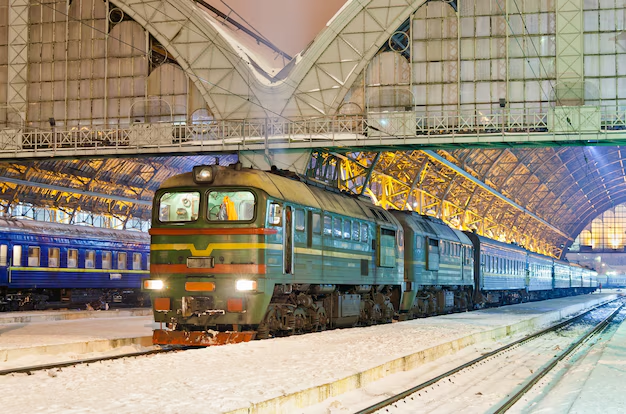Indian Railways in 2025-26 Striking a Balance Between Revenue Targets and Expenditure
The Indian Railways is at a crossroads in its 2025-26 budget, facing an ambitious revenue target of ₹30,210 crore and a substantial allocation of ₹2,52,200 crore towards capital expenditure. While the allocation is similar to last year’s budget, the expectations for both freight and passenger earnings are set to soar, posing significant challenges for the national transport giant. As the backbone of India’s logistics, the Railways faces mounting pressure to meet growing demand, upgrade its infrastructure, and improve its financial sustainability.
One of the most striking aspects of the 2025-26 budget for Railways is its unprecedented receipt and expenditure profile, pegged at ₹5.64 lakh crore. The bulk of this is focused on capacity augmentation works, with major allocations for new lines, track renewals, electrification, and rolling stock, such as the highly anticipated Vande Bharat trains. However, the question remains: will Railways be able to meet these lofty revenue targets, particularly in freight and passenger services? Railway earnings are largely derived from freight services, contributing 67% of total revenue, with passenger services making up 27%, and the remaining 15% from non-fare segments. While the freight target of ₹18,800 crore for 2025-26 represents a growth of ₹8,000 crore from last year, achieving this target will require a strong recovery in traffic, particularly in segments beyond coal, which currently dominates freight transport.
The situation is more complicated on the passenger side, where the target revenue for 2025-26 has been set at ₹92,800 crore—an increase of ₹12,800 crore over the previous year. With passenger numbers still not fully recovering to pre-Covid levels, Railways is banking on higher fares for premium services and special trains to boost income. However, a critical challenge remains: the cross-subsidisation of the passenger segment by freight earnings cannot continue indefinitely without compromising the competitiveness of rail transport compared to the road sector. Alongside the increasing revenue targets, the Railways faces growing working expenses, which are estimated to reach ₹2,99,058 crore for 2025-26. With the earnings set at ₹30,210 crore, the surplus left for capital reinvestment is razor-thin. This leaves Railways in a precarious financial position, where any shortfall in revenue will either lead to expenditure cuts or reliance on loans from the Finance Ministry.
One of the largest financial burdens for the Railways is its pension liabilities, which remain a significant portion of its operating costs. Although some progress has been made in managing these liabilities, the likely absence of a pension-related grant from the government poses a potential risk to the financial health of the Railways in the long run. On the positive side, the Railways continues to receive substantial capital investment for infrastructure projects, with ₹32,235 crore earmarked for new lines and ₹58,894 crore for rolling stock. The government’s focus on public-private partnership (PPP) modes for infrastructure development and asset monetisation plans for 2025-2030 could bring much-needed investments into the sector. However, there is also the challenge of ensuring that these funds are effectively utilised. Railway projects have historically been plagued by delays and cost overruns. With a shelf of projects requiring over ₹10 lakh crore to complete, Railways will need to demonstrate improved efficiency and execution in the coming years.
Indian Railways faces a critical juncture in its financial journey. While the sector has shown resilience in the past, balancing rising costs with ambitious revenue targets for 2025-26 will require a robust strategy. The focus on improving freight traffic, fare rationalisation, and enhanced revenue from non-fare segments will be crucial to maintaining its financial sustainability. In the coming years, Indian Railways will not only need to navigate complex budgetary challenges but also ensure that its services remain competitive and accessible to all. With careful financial planning, strategic investments, and a balanced approach to revenue generation, the Railways could continue to serve as an essential pillar of India’s growth and development.




